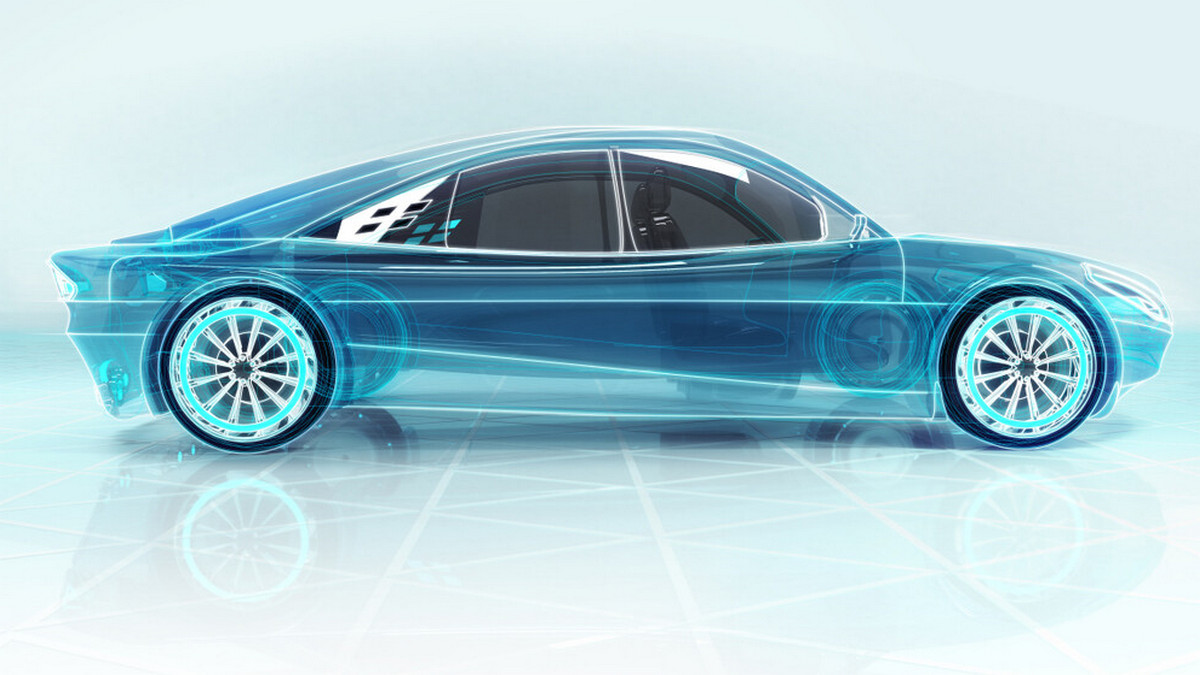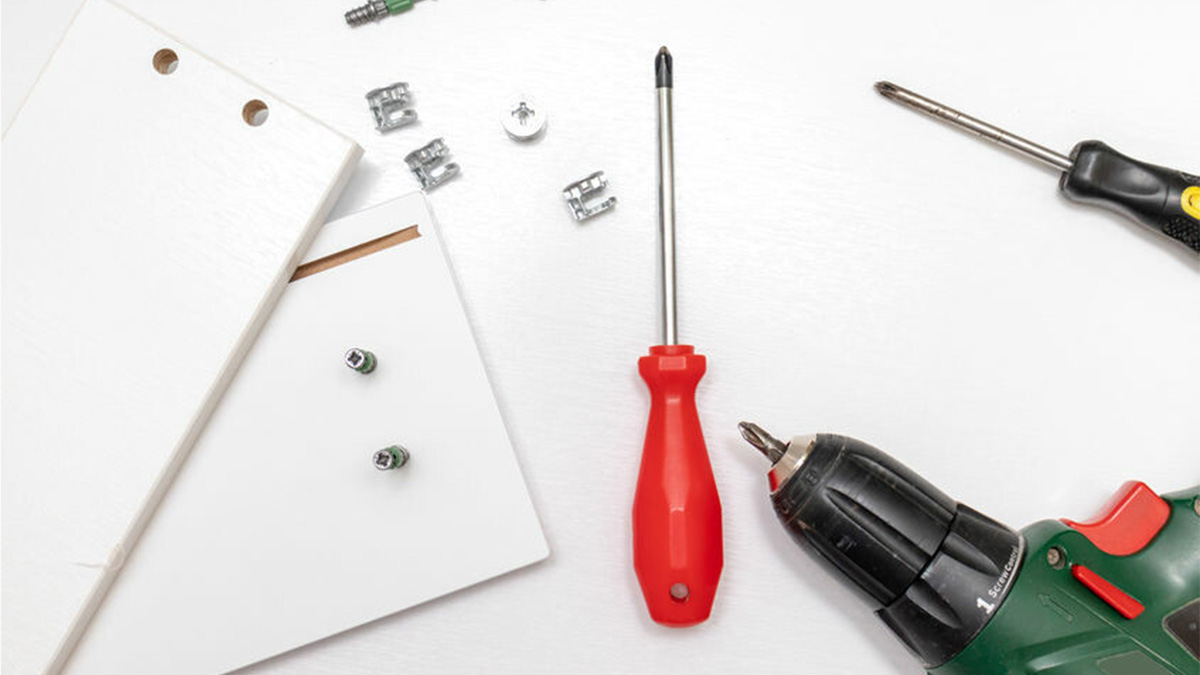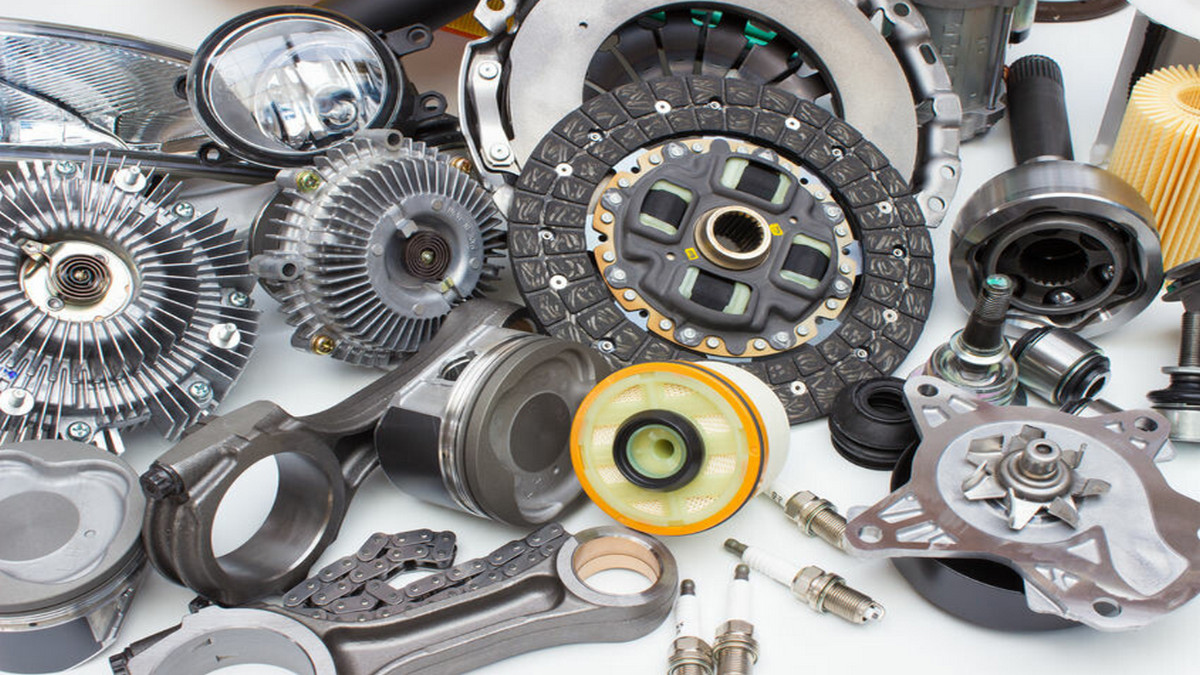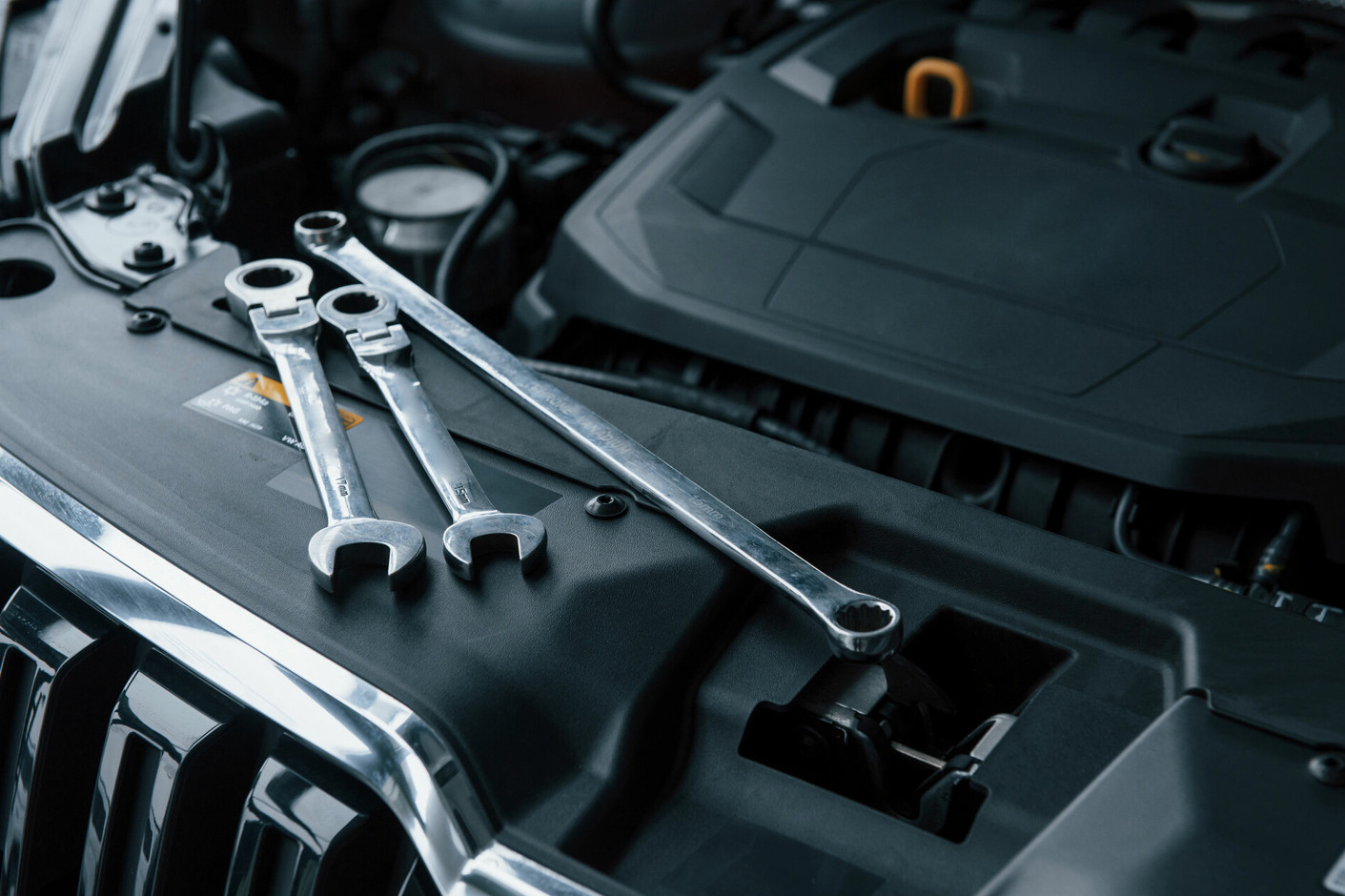The automotive semiconductor market continues to be optimistic. At present, the main automotive semiconductor chips include microcontrollers (MCU), power management ICs, digital signal controllers (DSP), sensors, power semiconductors, discrete components, micro-electromechanical (MEMS), memory, customized application IC (ASIC), etc. The automotive chip supply chain is complex and long. After the shortage storm in 2021, automakers began to shorten the semiconductor supply chain, hoping to shorten the long chain. Some automakers even have the idea of developing and designing automotive semiconductors by themselves.
Looking at the needs of consumers in the automobile market, "convenience", "safety" and "energy saving" are three clear demands, which represent consumers' desire for "smart" and "energy-saving" cars, and also It has repeatedly stimulated the research and development energy of automotive electronics technology. Thanks to the efforts of major car manufacturers, the degree of electronics in automobiles is gradually increasing, and the cost of automotive electronics in the overall cost of automobiles has increased from 2 to 3% in the 1980s to 40 to 50% now. But how to achieve intelligence and energy saving?
First of all, intelligence can be divided into two main axes:
- Combining information and communication technology to provide drivers and passengers with various entertainment and driving information.
- Help drivers reduce the energy required to drive, and even achieve safety performance beyond the human control of traditional machinery. Regardless of the above-mentioned types, it is required that the car can detect the environment by itself through various technologies, and make appropriate responses after analyzing the information, which is smart, efficient, and accurately meets the needs.
Such an operation process is very similar to the rapid development of the Internet of Things. The operation is mainly divided into three layers, from data acquisition, data processing, and sending instructions to the driver. Everything is completed by automotive electronics to help drivers achieve the three goals of "convenience", "safety" and "energy saving". As currently seen in the various fields of automotive electronics, there are various key semiconductors and components required for their functions, and ECU, MCU and sensors are the most important elements throughout various systems. The following are some simple understandings for these three components.
ECU
The first step in understanding automotive electronics is the Electronic Control Unit (ECU). Almost every automotive electronic system has this core role. An ECU can be said to be an embedded computer, which is used to control the major systems of the car. The internal components include a microcontroller (MCU), input, and output. circuit, AD (analog and digital) conversion circuit, power supply components, in-vehicle communication circuit, etc. The control of various systems in the car needs to rely on the ECU. Therefore, as the complexity of the system increases, the number of ECUs in the car is also gradually increasing. According to data, there are currently hundreds of ECU in high-end cars of BMW and Benz.
MCU
Microcontrollers (MCUs) are most widely used in consumer electronics, and the second largest is automotive electronics. The most important MCU in the ECU is to integrate the central processing unit (CPU), memory, various input/output interfaces, and timer/counter on one IC. According to internal data bus bandwidth, WSTS (World Semiconductor Trade Statistics Organization) divides MCU into four levels: 4-bit, 8-bit, 16-bit and 32-bit. With the complexity of the application field, MCUs of different levels are applicable. In the automotive field, take the MCU series products provided by Freescale as an example. 8-bit MCU is relatively low; brakes, airbags, and body stability control, which require high computing and processing capabilities of the MCU, use 16-bit; and now, while moving towards intelligence, 32-bit has leapt into the mainstream This specification is commonly used in higher-level electronic information systems such as multimedia, entertainment, and driving information.
Sensor
The ECU/MCU of automotive electronics is responsible for data processing and calculation, and the most important thing is the various sensors responsible for collecting data. For the construction of driving assistance systems, image sensors, millimeter-wave radars, lidars, acceleration sensors, angular velocity sensors, wheel speed sensors, tire pressure sensors, etc. are used. Among sensors, image sensors are getting more and more attention.
With the advancement of imaging technology and the improvement of the system integration ability of car manufacturers, the information of multiple image sensors distributed inside and outside the vehicle can be comprehensively applied, making up for the lack of human vision, and achieving driving assistance and safety improvement. For example, a single system such as lane departure warning system, parking assistance system, blind spot detection system, and reversing warning system can add benefits to the driver's driving safety. By further integrating these systems, a more comprehensive, safe and comfortable driving environment can be constructed, which is also the main way for cars to become intelligent and even reach the ultimate goal-autonomous driving.
Ability to Adapt to the Environment
In addition to the functional development and processing capabilities of key components that must keep pace with the application, automotive semiconductors must face more challenges in the operating environment than general consumer electronics or even industrial semiconductors. Cars must adapt to the climate and environment of different countries and take into account long-term mobility and safety. Therefore, except for the IC components required for the on-board system installed in the car body, which have low environmental requirements, most of the other car electronic components must be operate in harsh environments. In terms of the tolerable ambient temperature, the requirements for general ICs are at most minus 10°C to 70°C, but the requirements for automotive electronics must be from minus 40°C to 155°C, and reach more than a thousand cycles. In addition to moisture load resistance, the requirements for high temperature resistance, shock resistance, and failure rate are much stricter than those for general consumer electronic parts. Coupled with the long service life of the car, the operating life and durability are also severely tested, and the supply life of parts may even exceed 30 years. These are the differences between the automotive semiconductor market and other application markets.














